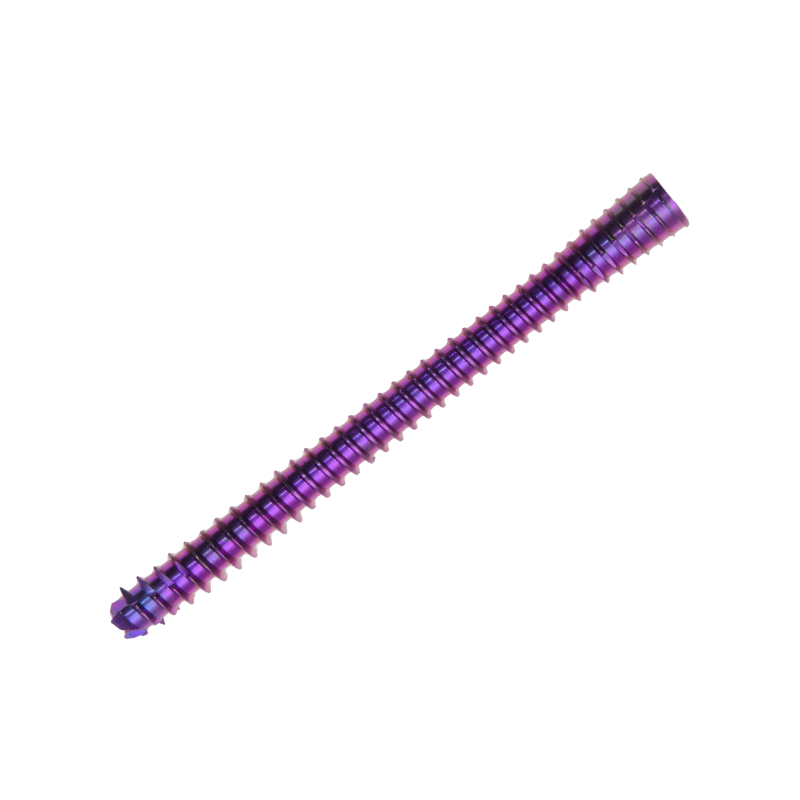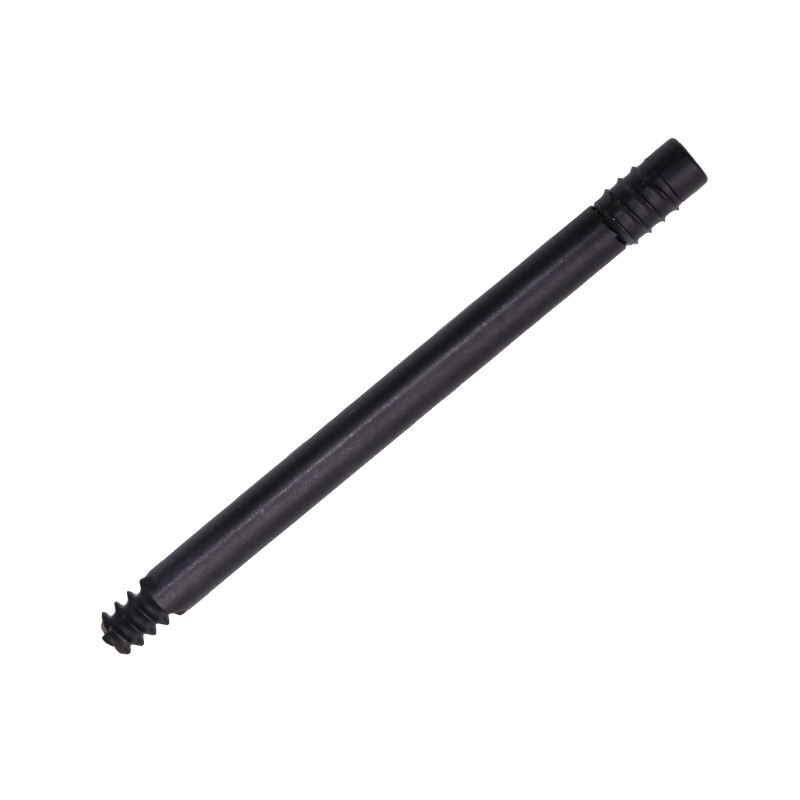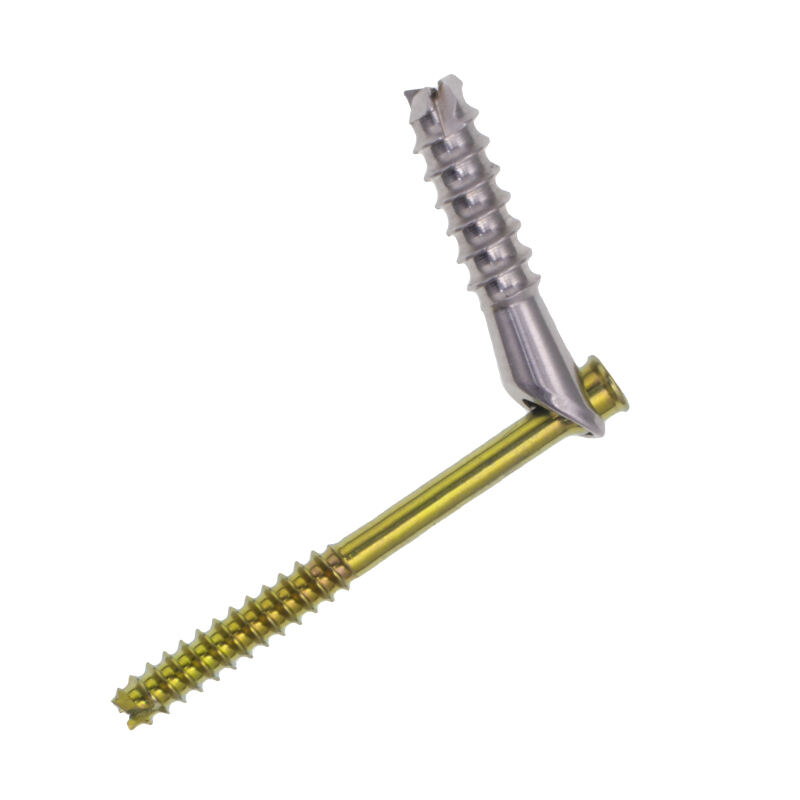cannulated bone screw
A cannulated bone screw represents a crucial advancement in orthopedic surgery, featuring a hollow center that runs along its entire length. This innovative design allows surgeons to perform minimally invasive procedures with enhanced precision and control. The screw's hollow core accommodates a guide wire, enabling accurate placement and reducing the risk of misalignment during surgical procedures. Cannulated bone screws come in various sizes and thread patterns, specifically engineered to address different anatomical requirements and fracture types. The design incorporates self-tapping threads that facilitate easier insertion and superior bone grip, while the cannulated structure ensures optimal compression across fracture sites. These screws are typically manufactured from medical-grade stainless steel or titanium alloys, offering exceptional biocompatibility and durability. Their applications span across multiple orthopedic procedures, including fracture fixation, joint fusion, and bone fragment reattachment. The systematic approach to installation, guided by imaging technology, makes these screws particularly valuable in complex surgical scenarios where precision is paramount.


